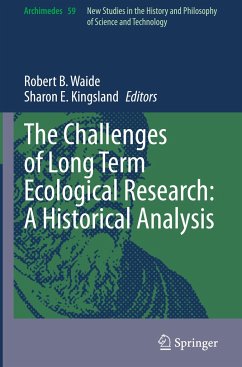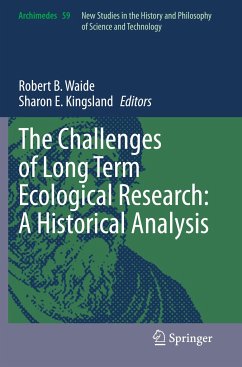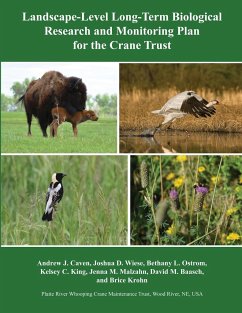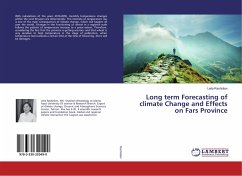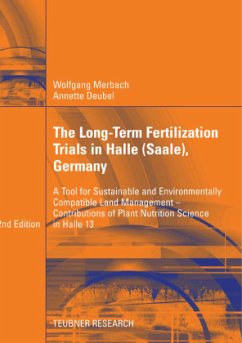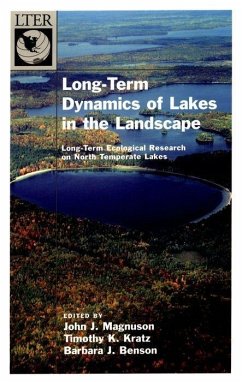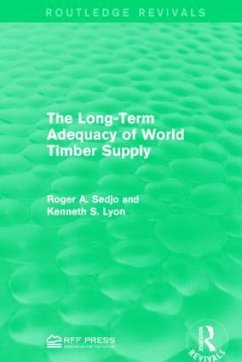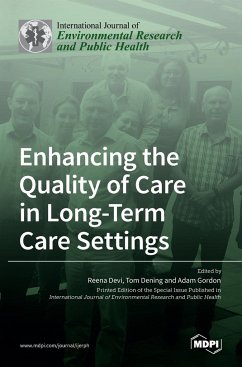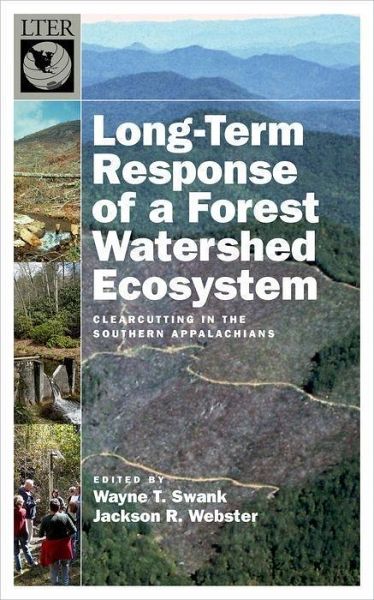
Long-Term Response of a Forest Watershed Ecosystem
Clearcutting in the Southern Appalachians

PAYBACK Punkte
33 °P sammeln!
This latest addition to the Long-Term Ecological Research Network series gives an overarching account of the recovery and management of a forest watershed ecosystem. It synthesizes and cross-references important and rare-to find, long-term data in 14 chapters that deal with the hydrologic, biogeochemical, and ecological processes of mixed deciduous forests. The data is representative of the entire U.S., and shows the effects of commercial clearcutting using examples from the Southeastern U.S. and a range of East coast forests. It includes responses of both forest and stream components of the w...
This latest addition to the Long-Term Ecological Research Network series gives an overarching account of the recovery and management of a forest watershed ecosystem. It synthesizes and cross-references important and rare-to find, long-term data in 14 chapters that deal with the hydrologic, biogeochemical, and ecological processes of mixed deciduous forests. The data is representative of the entire U.S., and shows the effects of commercial clearcutting using examples from the Southeastern U.S. and a range of East coast forests. It includes responses of both forest and stream components of the watershed and provides unique insights into the interrelationships between the effects of natural disturbances (floods, droughts, insects, and disease, etc.) versus management disturbances. Clearly illustrating the importance and need for long-term research to evaluate recovery processes of long-lived ecosystems, the work will serve academics, professionals, and students seeking to understand more fully the effects of forest-cutting on forest and stream ecosystems.




